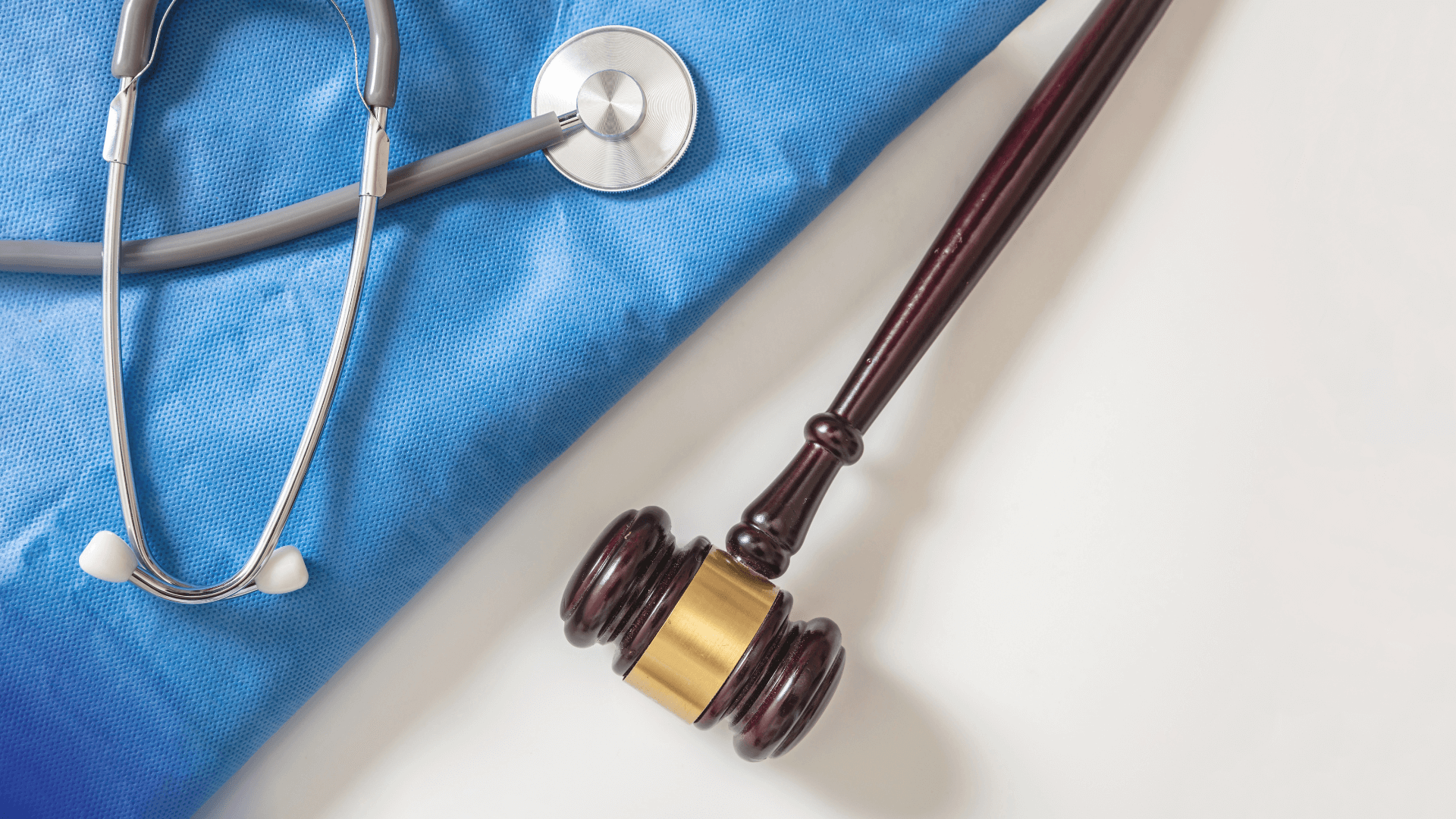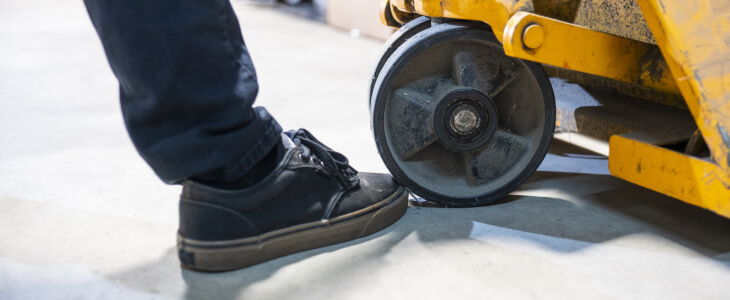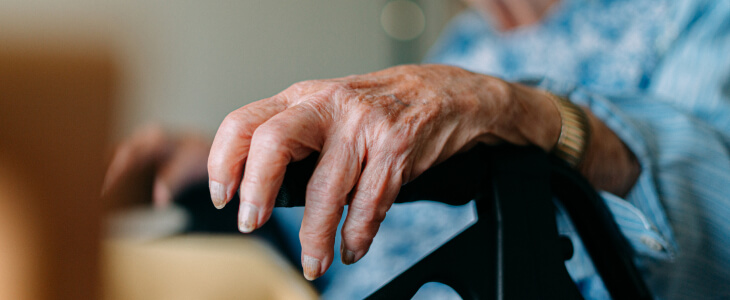When pursuing a personal injury claim, understanding the statute of limitations is crucial. This legal time limit affects how long you have to file a lawsuit after an injury occurs. Missing this deadline can result in losing your right to seek compensation.
What is the Statute of Limitations?
The statute of limitations is a state-specific law that sets the maximum time after an event within which legal proceedings may be initiated. In Pennsylvania, the statute of limitations for personal injury cases is typically two years from the date of the injury. This means you have two years to file a lawsuit, or you may forfeit your right to legal recourse.
Why It Matters
Adhering to the statute of limitations is essential because:
- Legal Rights: Failing to file within the allowed time frame can prevent you from recovering damages.
- Evidence Preservation: Filing promptly helps preserve evidence and provide your attorney with more time to ensure all of the appropriate parties are included in the lawsuit.
Exceptions to the Rule
While the standard period is two years, there are exceptions:
- Discovery Rule: If the injury wasn’t immediately apparent, the clock starts when the injury is discovered or should have been discovered.
- Minors: If the injured party is a minor, the statute of limitations may be extended until they reach 18 years of age.
- Mental Incapacity: If the injured person is mentally incapacitated, the statute of limitations may be tolled until they regain capacity.
Steps to Take
To ensure you file your claim within the statute of limitations:
- Consult an Attorney: Seek legal advice as soon as possible after your injury.
- Gather Evidence: Collect all necessary documentation, including medical records and accident reports.
- File Promptly: Do not delay in initiating legal proceedings.
Conclusion
Understanding and adhering to the statute of limitations is vital in personal injury cases. It ensures that you retain your right to seek compensation for your injuries.
At Cooper Schall & Levy, P.C. our experienced attorneys can help you navigate the complexities of personal injury claims and ensure you meet all legal deadlines. Contact us today for a free consultation.











